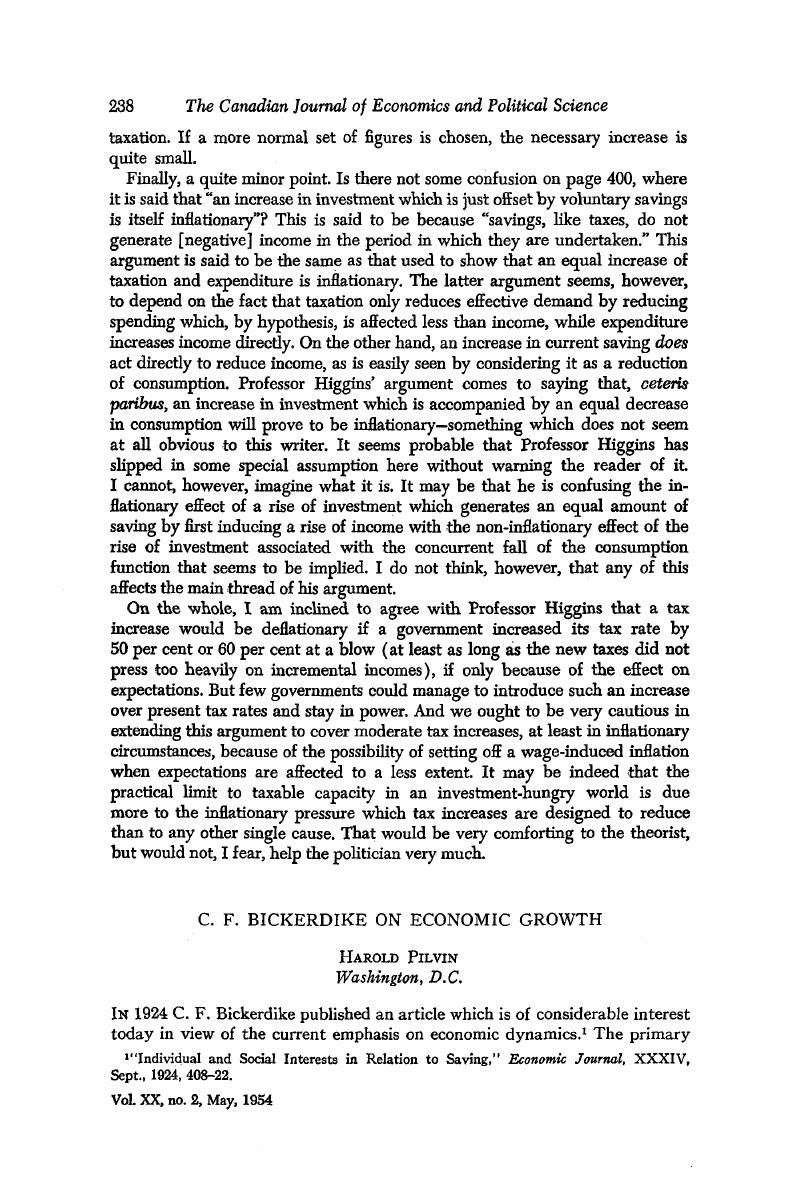No CrossRef data available.
Published online by Cambridge University Press: 07 November 2014

1 “Individual and Social Interests in Relation to Saving,” Economic Journal, XXXIV, 09, 1924, 408–22.Google Scholar
2 Ibid., 409–10.
3 Ibid., 410.
4 Ibid., 415–16.
5 This entire subject has recently been re-examined and the analysis pushed considerably further by Professor E. D. Domar. See in particular his “Depreciation, Replacement and Growth,” Economic Journal, LXIII, 03, 1953.Google Scholar
6 Ibid., 416. In Bickerdike's hypothetical world, “producers” are the wage-earners; also, “hiring” is the same as buying. The reader's attention may be called to a subsequent article, “Saving and the Monetary System,” Economic Journal, XXXV, 09, 1925 Google Scholar, in which Bickerdike extended his analysis.
7 “Individual and Social Interests in Relation to Saving,” 416.